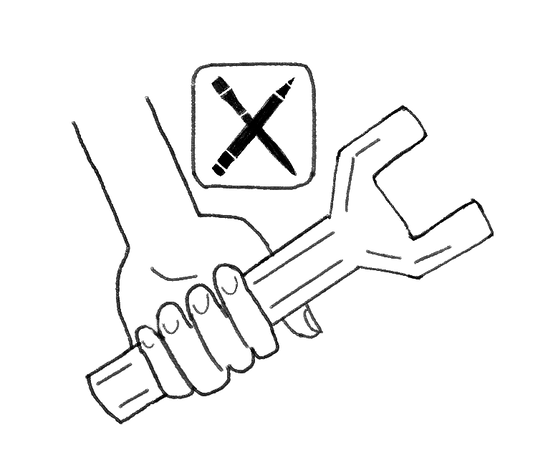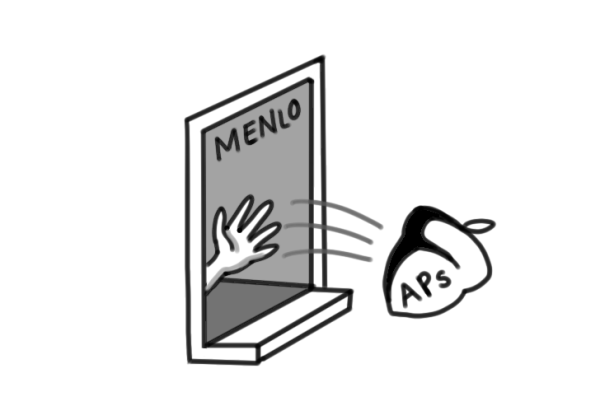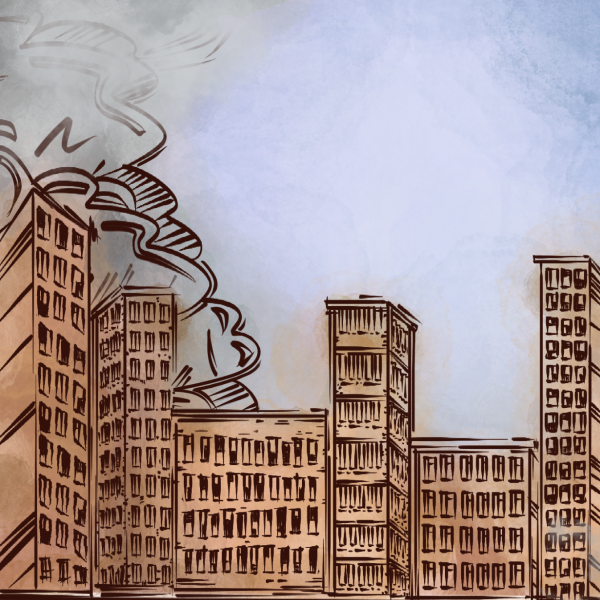What is “The Curve”?
May 6, 2020
“Flatten the curve.” It is almost being used as a greeting at this point. But what does it actually mean? Of course it’s about disrupting the coronavirus outbreak. But what curve is being talked about? How is it being flattened?
The coronavirus “curve” is seen in important graphs, often used to document the spread of the coronavirus. These graphs document the total number of new cases every day since the first case. If that number is rising exponentially, and we are getting new cases at a higher rate every day, then the curve (and the disease) is expanding. If the curve is flattening, then the disease is phasing out, because it is infecting people at a slower rate. Here is that graph:
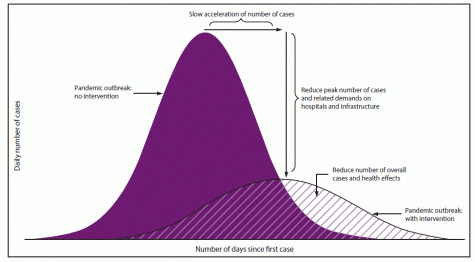
The “Curve.” Photo: The Centers for Disease Control and Prevention.
Once people do know what the curve is, they need to know why it flattens to learn how to flatten it. R0, pronounced “R-naught,” is a key concept needed to understand why the curve flattens. Healthlines’ definition of R0 is “the average number of people who will contract a contagious disease from one person with that disease.”
For example, if a disease has an R0 of two, then the average person infects two other people. The R0 of a disease describes its ability to spread without efforts to flatten the curve.
If the R0 of a disease is above one, the curve is expanding and growing at an exponential rate because the average person infects more than one other person. If the R0 of a disease is below one, the disease is phasing out.
The R0 of COVID-19 is between 1.5 and 3.5, according to an article by University of Michigan explaining how scientists identify the intensity of an outbreak. It is easy to visualize the importance of flattening the curve. Below is a graphic showing what it would look like to drop the R0 from 3.0 to 2.0.
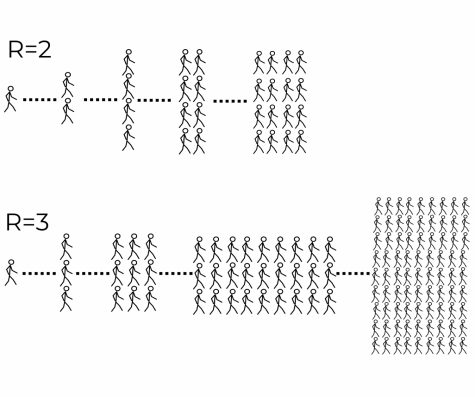
How Big of a Difference Does Flattening the Curve Make? Graphic: Zak Taube.
Clearly, dropping a disease’s R0 even a slight amount causes a significant flattening of the curve. But how can people drop a disease’s R0 and “flatten the curve”? “Flattening the curve refers to community isolation measures that keep the daily number of disease cases at a manageable level for medical providers,” Livescience explains on their website. So, to flatten the curve, social distancing is required. Even if people return back to work, keeping good distancing for a while and continuing to wash hands can only help.









